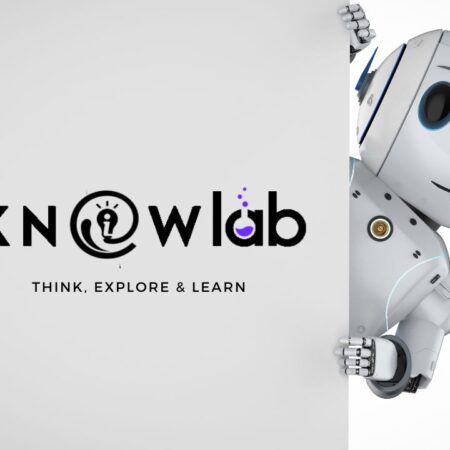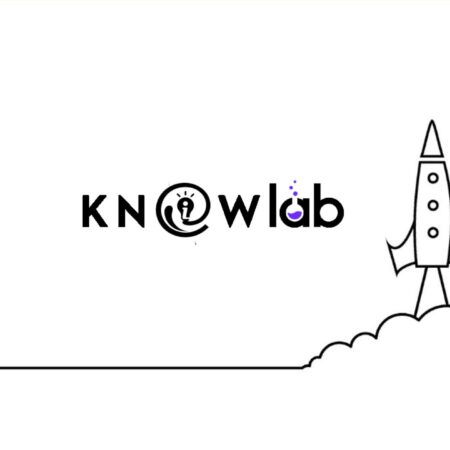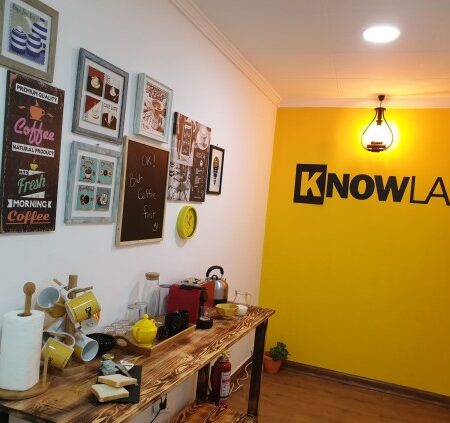 This morning, the love of my life convinced me to hop on our bikes and ride four miles to the beach/park in our town. She does it regularly, but I haven’t been on my bike for a while, so I won’t lie: it was rough going. I’m in fairly good shape these days, but it’s a hilly ride, and I couldn’t quite get the hang of the gears.
This morning, the love of my life convinced me to hop on our bikes and ride four miles to the beach/park in our town. She does it regularly, but I haven’t been on my bike for a while, so I won’t lie: it was rough going. I’m in fairly good shape these days, but it’s a hilly ride, and I couldn’t quite get the hang of the gears.
By the time we got there, I was out of breath, my butt hurt, and I felt more frustrated than invigorated by the experience. So I was happy to chain up our bikes and simply walk on the beach for a while. At one point, I even took off my shoes and dipped my feet in the water of the sound. Then we made our way back up to the grassy area.
Part of her ritual when she does this (usually several hours earlier than we did) is to sit in silence and spend five minutes meditating. I generally stink at meditating–too many thoughts in my head–but agreed to give it a try. So we found a spot in the shade and sat on the grass facing the water, putting a tree between us and the rising sun. Then she set a timer on her phone and the meditation began.
Almost from the moment we sat down, I noticed that some little brown birds, probably sparrows, started gathering near us, no more than a yard or two away. So I decided to focus on them, as a way to keep me from thinking about work or finances or my sore butt or the prospect of the mostly uphill bike ride back to the house.
For the first minute or so, I simply observed. I watched the birds flit and hop in the grass in random directions, sometimes closer to us, sometimes farther. I was sure they had an agenda of some kind, but if they did, it was lost on me. Food probably, right? They were looking for bugs to eat. Or bread crumbs left behind by picnickers.
During the second minute or so, I tried to put myself in their tiny shoes. See the world from their point of view. Low to the ground, the world massive all around me, most other life forms gigantic compared to me. How terrifying that must be. Luckily, I have eyes on the side of my head. So I can see in all directions at once and be aware both of potential food sources and potential threats.
As if on cue, at around the third minute mark, a bike sped down the path not far from us, and the birds reacted instantly. Most of them not only hopped but flew several yards away, quickly recovering and returning once the disruption had passed and they realized they weren’t in any real danger.
This triggered a couple of thoughts that carried me into the fourth minute.
One, that the birds clearly considered the bike a threat, but not us sitting there on their (literal) turf. I guess because we weren’t moving around or making noise? Or maybe because they saw in us the opportunity, based on past experience, for food.
Two, along those lines, I felt fairly confident that if I had some seeds or crumbs on me, and held them out in my hand, at least one or two of the birds would have ventured close enough to eat them. Because even in those few minutes, they had learned to trust us. Otherwise, why return so quickly after the bike passed by?
The final minute of our “meditation” is when I experienced the revelation …
… which was that as a marketer, my ideal potential clients–mostly small businesses, startups, and entrepreneurs–were like these birds.
Each one has an agenda of their own that I can’t always understand, yet which I know is there. It’s often tied into not simply profits but also (often more so) their values and their mission and the way in which what they do defines who they are and how they feel about themselves and whether they’ll be able to take care of their family.
Many feel overwhelmed by a world in which everything seems bigger than them. Like trying to compete against entrenched companies with deeper pockets doing the same thing they do. Or so many options for software and contractors and coaches and resources that it can be hard to decide how to allocate funds. Or trying to be seen and heard as a thought leader in a marketplace filled with increasingly more “influencers” with millions of followers.
And of course, like those birds, they are cautious and alert. They have to be. Particularly for smaller businesses, the owners and primary stakeholders have to wear a lot of hats. They need eyes on the sides of their heads to see everything coming at them, both opportunities and threats. They need to be able to react and respond quickly.
So if I want to be part of a potential client’s world, then I need to follow all of the same steps that I followed this morning, while sitting on that grass:
1) Take the Time to Observe
Truly effective marketing is about building genuine connections. And you can’t possibly connect with somebody in a genuine way unless you pay attention to and watch and listen to and understand them.
People are not (to me) demographics or segments to be sold to. Those things are helpful tools, yes, certainly. But in the end, people are less numbers than they are unique and compelling stories to be understood. So be sure to stop thinking about your product or service or brand long enough to hear those stories.
2) Put Yourself in Their Shoes
Each individual or business has what Seth Godin calls a “worldview.” In fact, we all have multiple worldviews, some of which contradict each other. (We can worship a band, for instance, but hate one of their songs because it conflicts with our values.)
Taking the time to look at the world from the perspective of a potential client is critical. What is their business landscape? What are their challenges? What are their values? Is their worldview aligned closely enough to what you offer that it even makes sense to market to them? If not, then don’t. And if yes, then what is the story you need to tell in order to help them see it?
3) Are You an Opportunity? Or a Threat?
Those who need to market themselves or pay for marketing, which is anybody with a business these days, have a decision to make. Are you going to be the person sitting quietly on the grass or the noisy bike speeding by on the path?
If I accept your LinkedIn connection request right now, are you going to take the time to get to know me, to read my articles and comment on my posts? Or are you going to hit me with a direct message cut-and-paste sales pitch in five minutes? The first makes you an opportunity for me. The second makes you a threat. And if I see you as a threat (if only to my bottom line), then why shouldn’t I simply fly away from you?
4) Offer Something of Value
While I didn’t have any food to give those birds this morning, I would have if I did. The point being, my focus would have been on the giving, not the taking. Yes, as a business, I need to make money in order to survive. Which usually means charging for my services. But if money is all I was focused on, then I would go back to a corporate job.
In order for a potential client to want to do business with me, both they and I need to believe that I can offer them something of value that will support their mission. They need to know that by connecting with me, they will gain more than they lose. In this way, the cost of my services becomes not an expense but a transactional byproduct.
How I convey this sense of value is by first getting to know the people I’d like to do business with, hearing their stories, not making any sudden or threatening moves, and telling my own story in as many ways as I can. If somebody likes it, and if our worldviews align, then that’s amazing. Let’s connect and do business. If not, or if I don’t feel as if I have anything of value to offer them, then we at least got to know each other.
Something huge that I have come to recognize over the past year is that I am not the right solution for every business. And that’s okay, because I don’t need to be. Hell, I don’t even want to be. Imagine that kind of pressure!
Some people want to work with a big firm with a receptionist and a foosball table in the lunch room. (Or with somebody who creates the illusion that they are one.) That’s not me. Some businesses need a marketing scientist to closely manage their “funnel” and turn ten-thousand leads into five customers. That’s also not me. More power to the businesses out there who are these things … but they’re not me.
For the right business, though, I am the perfect solution.
I sit quietly on my piece of grass at the beach and watch the birds flit and hop about all around me, and I spin stories in my head. Stories I’ve heard and stories I’d like to hear and stories I can’t wait to tell. Stories about the wonderful things my clients are doing to make their corner of the world a better place. Stories that I am privileged to tell.
So if your business has a story to tell, and if you’re okay working with somebody who answers every single one of his own emails and still believes marketing is an art and not a science, then maybe I’m the perfect solution for you.
If so, then pull up a spot on the grass next to me and let’s talk.
I can be reached here on LinkedIn or at RandyHeller.com.
Author: Randy Heller. He is a writer, messaging strategist, and digital marketer. He loves telling stories and helping others tell theirs. He can be reached here on LinkedIn or at RandyHeller.com.





